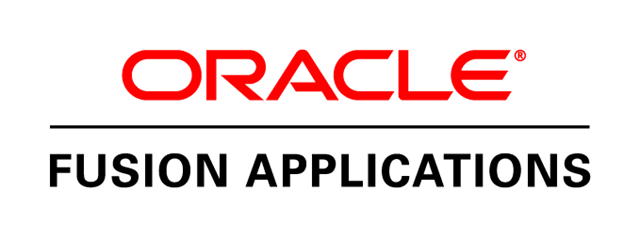Over the past several years, there’s been a lot of talk regarding Oracle Fusion and many people struggle to understand what exactly this means. Essentially “Fusion” refers to Oracle’s Cloud infrastructure (“Fusion” Middleware) and the development of new applications specifically designed for the Cloud and subscription services. More recently, Oracle has focused communications on the business process value and business use of these the applications and now refers to these applications and underlying technology simply as “Cloud”. For the purposes of this article, we’ll use the term “Fusion” to describe the underlying technology for those that care, and the term “Cloud” to describe business applications delivered by Oracle in a subscription service model.
Oracle has invested heavily in Fusion middleware and applications and this is one of the biggest areas of growth for the company. On a recent conference call with Wall Street analysts, Oracle CTO Larry Ellison reported seeing 100 percent growth for Cloud-based software. On the call Ellison was quick to point out the hard work Oracle developers have put in to build its new Fusion applications from the ground up.
“We built everything, everything from scratch,” Mr. Ellison said. “Every single line of code in Fusion HCM [Human Capital Management app] is new for the Cloud, every single line of code where Fusion ERP is new for the Cloud. And those new Cloud applications are based on by far the strongest platform.”
“Over the past several years, there’s been a lot of talk regarding Oracle Fusion and Oracle Cloud offerings. This is part of a series of articles to help demystify these offerings and what they mean to you.”
While much of the Fusion buzz to date has been around HCM and ERP, as an Oracle Cloud Fusion Co-Development partner since 2012, we can attest that exciting things are coming for Oracle Cloud Supply Chain Management applications in the near term.
How Oracle Fusion became what it is today
As recently as 2013, Oracle Fusion was divided into four software categories, including customer relationship management, human capital management, enterprise resource planning and supply chain management. At the same time, these applications were being delivered through the Oracle Cloud in addition to on-premises setups. The Cloud application suite had rapidly gained momentum and there was new functionality being added regularly – with major releases up to three times per year.
If you fast forward to today, Oracle is going “all in” and accelerating their Cloud offerings. The current Cloud Applications suite includes CRM; Financials; Governance, Risk, and Compliance; HCM; Procurement; Project Portfolio Management; and SCM and within each of these groups, there are sub-categories that provide companies multiple layers of services and modules. In our supply chain space, Oracle had previously only scratched the surface of Cloud SCM applications up to release 9 with the following releases:
- Fusion Distributed Order Orchestration
- Fusion Product Information Management
- Fusion Inventory and Cost Management
- Fusion Procurement
- Oracle Innovation Management
 This is changing with major functionality being scheduled for Cloud SCM release 10 in the very near term and release 11 just behind it. We’ll reserve those encouraging comments for post release by Oracle.
This is changing with major functionality being scheduled for Cloud SCM release 10 in the very near term and release 11 just behind it. We’ll reserve those encouraging comments for post release by Oracle.
The Oracle Cloud SCM applications differ from previous Oracle applications software, such as E-Business Suite, in that Fusion was developed within a modular framework that enables many of the capabilities to be implemented as standalone solutions in a hybrid of Oracle Cloud applications with your legacy systems or as a comprehensive fully integrated Cloud suite. A major benefit to Oracle Fusion is its ability to integrate with these hybrid architectures of Cloud and legacy frameworks through their technical Cloud infrastructure and platform offerings that encourage external development within their open-standards architecture.
Oracle’s Cloud applications are rapidly evolving in both breadth and depth of offerings and they have considerable momentum. I’m personally fortunate to work for a leading consulting firm in this space such that I am actively engaged in adoption of these new technologies by working with our cloud center of excellence, helping to implement these Oracle Cloud ERP applications for our own production use, and advising client early adopters of Cloud SCM. These are exciting times. I hope you enjoyed this article and feel free to reach out to us if you want to learn more about Oracle Cloud applications.
Keep an eye on this blog for more information about Oracle Fusion and Cloud and what it means to you.